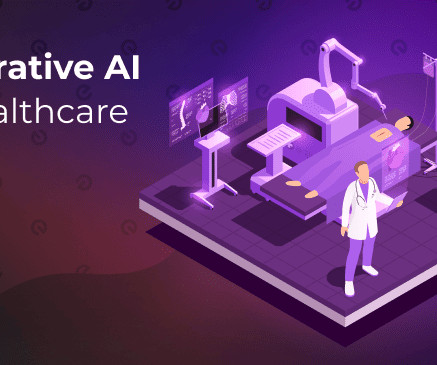Generative AI in Healthcare
Existek
OCTOBER 18, 2023
Even taking into account the buzz around ChatGPT, companies feel a necessity to keep the market pace as well as introduce something extra for their customers. With advancements driven by research breakthroughs, increased computing power, larger datasets, and innovative model architectures, it introduced sophisticated generative AI models.














Let's personalize your content